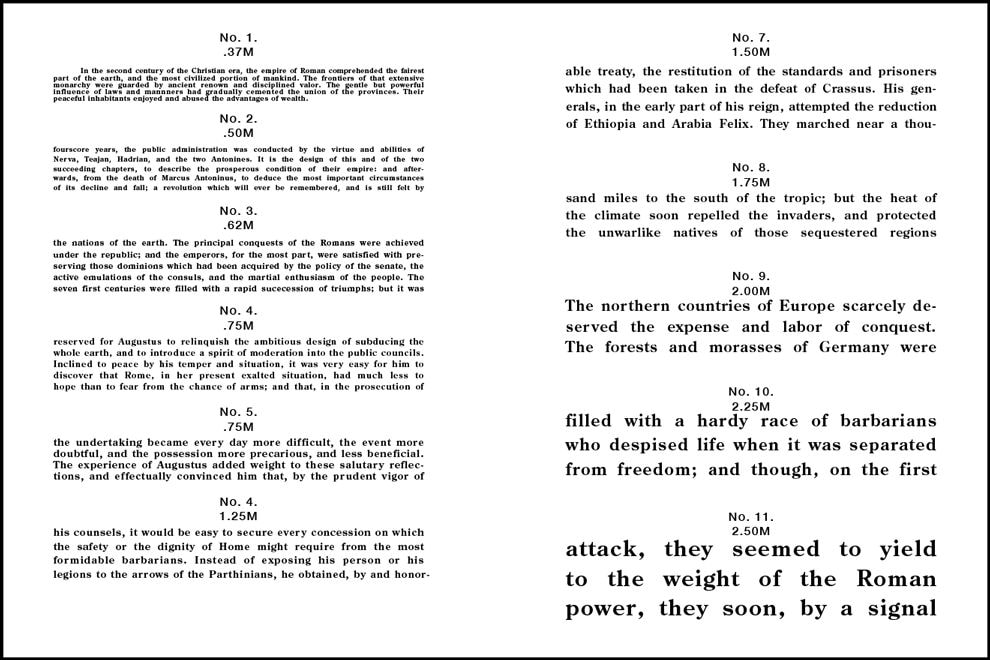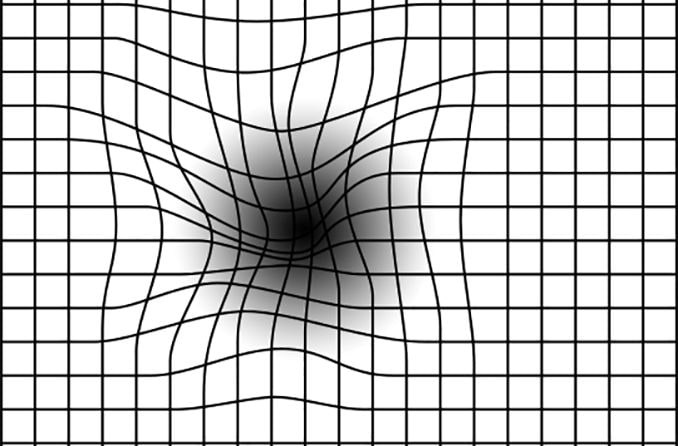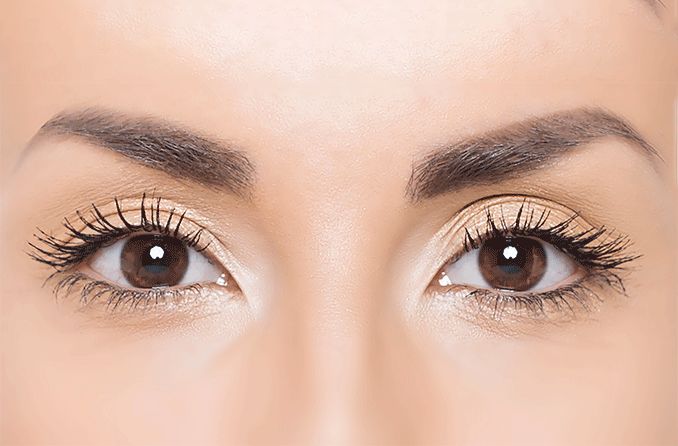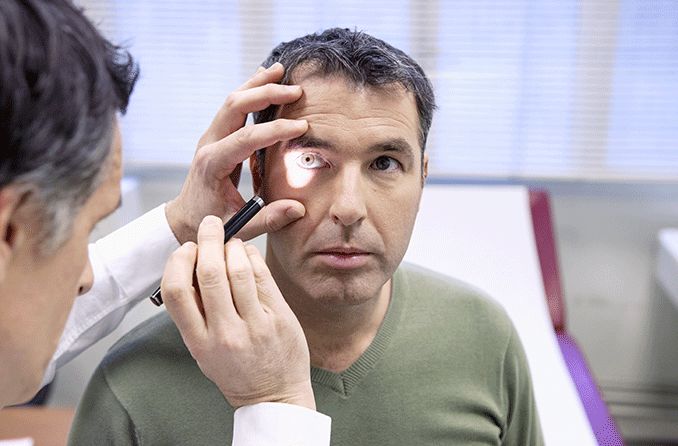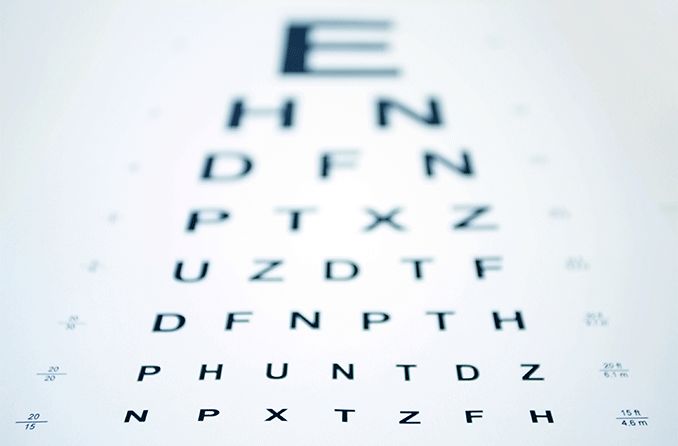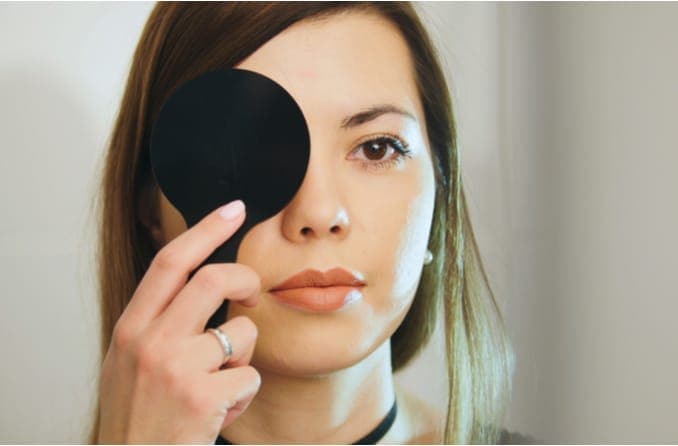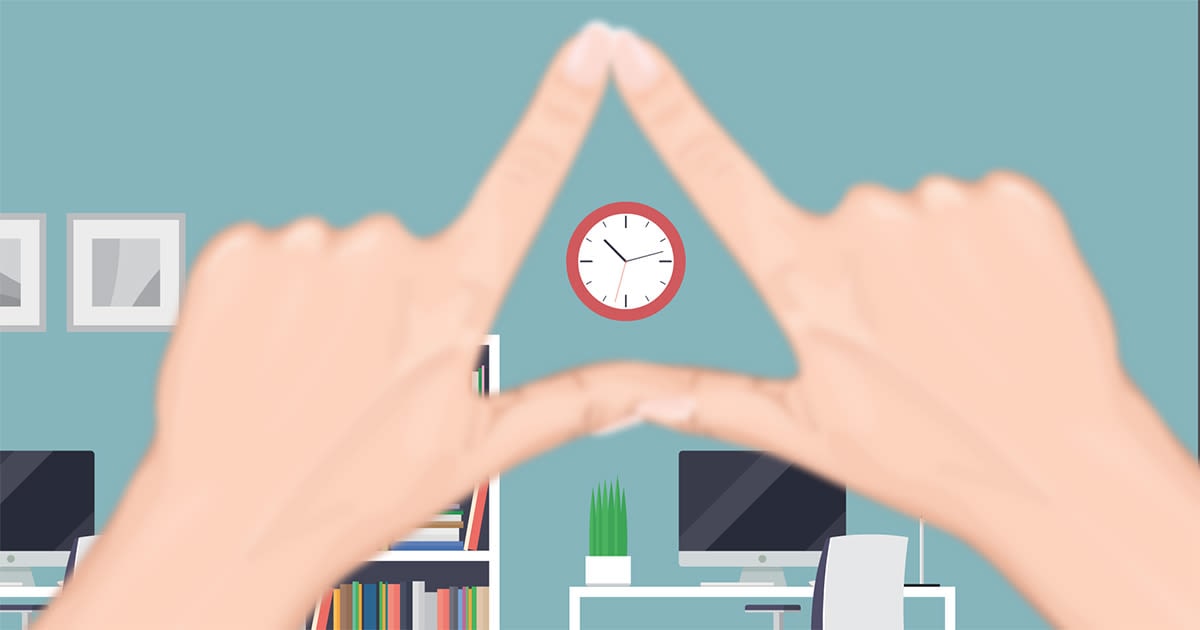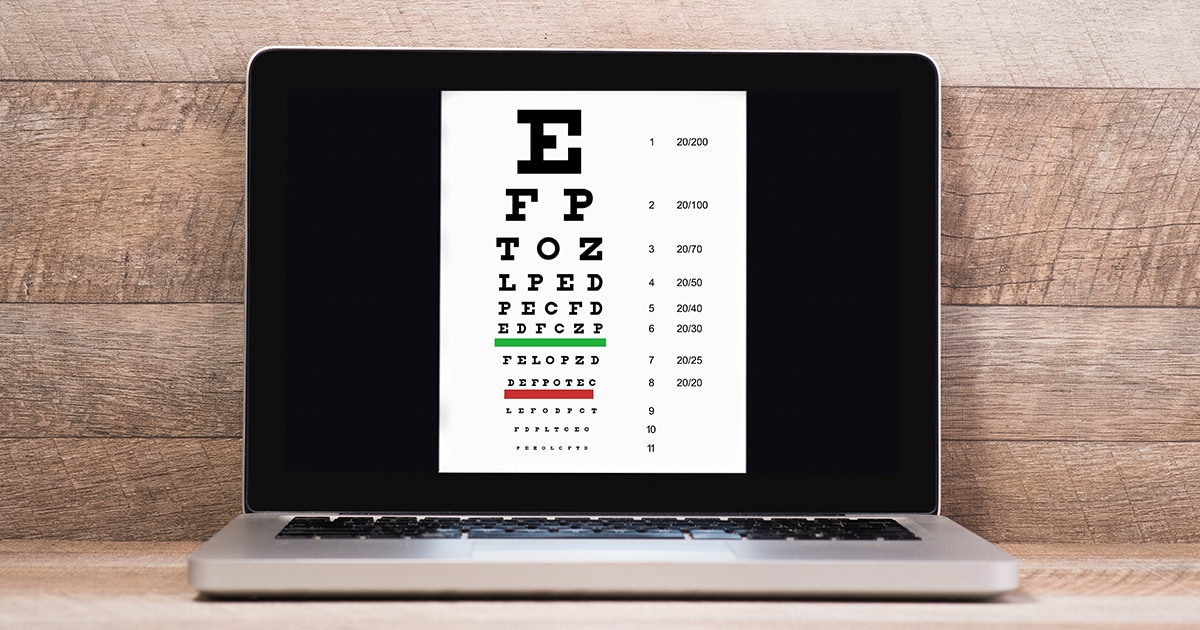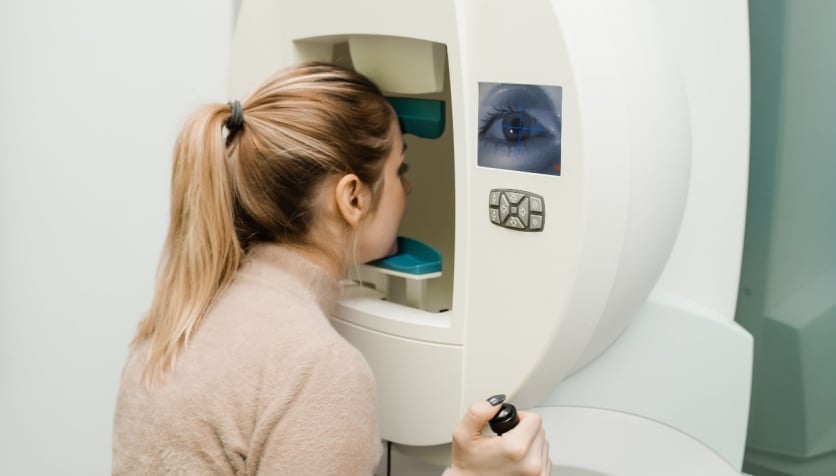What is an eye chart?
During an eye test, eye doctors use eye charts to measure your vision at a set distance and compare it with other human beings.
Eye doctors can use different eye test charts for different patients and situations. The three most common eye charts are:
Snellen eye chart
“Tumbling E” eye chart
Jaeger eye chart
We’ve included a link to download your very own eye chart after each section below. You can print these charts and test your vision right in your own home.
Snellen eye chart
The classic example of an eye test is the Snellen eye chart, developed by Dutch eye doctor Hermann Snellen in the 1860s.
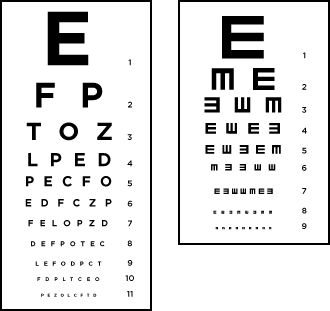
How a Snellen chart and a "tumbling E" chart might look at your eye doctor's office.
Today, there are many variations of the Snellen test. Most of them include:
- 11 rows of capital letters.
- A top row with only one letter, often a big “E.” Other letters can also be used.
- Lower rows that also contain letters, but get progressively smaller.
During an eye exam, your eye doctor will ask you to find the smallest line of letters you can read, then ask you to read it. If you can read the bottom row of letters, your visual acuity (sharpness) is very good.
“Tumbling E” eye chart
Sometimes eye doctors can’t use a standard Snellen eye chart. In these situations, the doctor might use a modification of the Snellen test called a “tumbling E” chart.
This test may be used in the following scenarios:
- A young child is having an eye test and either doesn’t know the alphabet or is too shy to read letters aloud.
- The patient has a handicap that makes it difficult or impossible to recognize letters or read them aloud.
- The patient cannot read.
The tumbling E chart features the same scale as a standard Snellen eye chart, except all characters on the chart are a capital letter “E,” rotated in different increments of 90 degrees.
During a tumbling E test, the eye doctor will ask the person being tested to use either hand (with their fingers extended) to show which direction the “fingers” of the E are pointing: right, left, up or down.
Studies have shown that the measurements taken using a tumbling E chart are virtually the same as the measurements from a standard Snellen eye chart.


